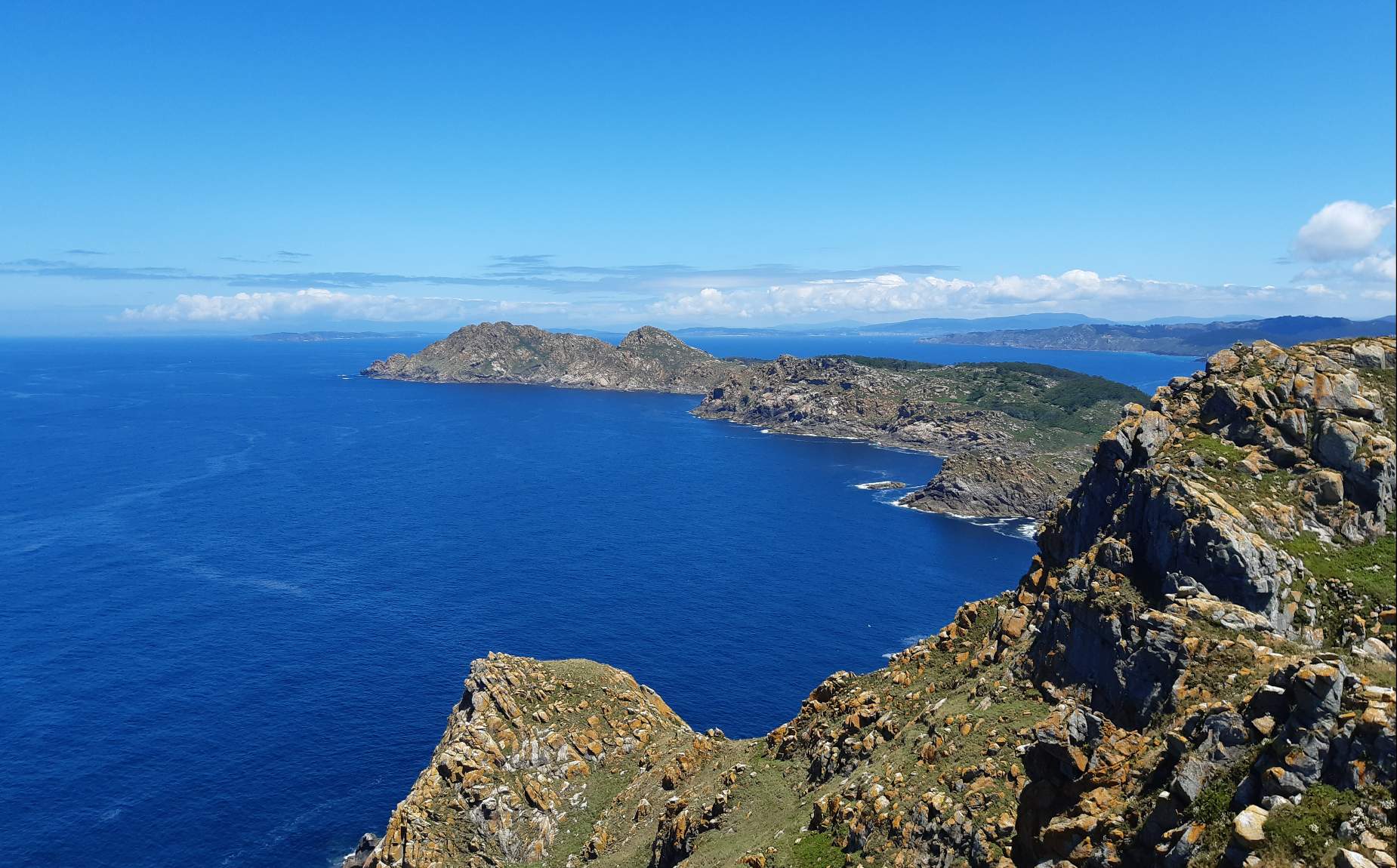NATIONAL MARITIME-TERRESTRIAL PARK
Saving marine life in Rias Baixas
Islands defending the territory
You can't help but be moved: when you see a sea that has two faces, when you learn how life has adapted to the presence of the ocean, when you discover the natural value, history and customs of the ancient inhabitants of these islands. These small territories are full of treasures.
The particular situation of the Atlantic islands in front of the estuaries creates a landscape that is beyond sight. The estuaries maintain their identity and their richness thanks to them, located at their mouth. The currents loaded with food and the variety of its seabed are the secret of the great biodiversity of this territory and its ancestral seafaring culture.
In the north of Spain, facing the Atlantic, where the Rías Baixas of Galicia are located, there are four archipelagos that form this national park. Islands and islets that keep the best of the Atlantic coast and seabed. The archipelagos of Cíes, Ons and Sálvora block the entrances to the estuaries of Vigo, Pontevedra and Arosa. Cortegada shelters in the interior of the latter. They are all islands, but their origin and natural evolution and the use given to each one, makes them a very rich and diverse natural and cultural mosaic.
The islands surprise the visitor by their contrasting landscapes by land and sea.
As we walk on them, we walk along dunes and beaches, we ascend through coastal scrub and end up on cliffs overhanging the ocean. The birds, present in all these landscapes, will remind us that they are the ones who live in this territory and to them we owe respect. Many of these birds are linked to the sea: shags, gulls, shearwaters, plovers, sandpipers, sandpipers, oystercatchers.... They reflect the fragility of a life exposed to the conditions of a wild ocean.
Underwater, the species will vary according to the type of substrate we visit: sand, rock, gravel, kelp forest... and this marine journey will surprise from top to bottom, from the sea urchins jumping on the surface to the sea urchins living under the sand. A delicate balance where care in the visit is essential for its conservation.
In other times its inhabitants also had to adapt to this difficult place to live. Some found in them a refuge against their enemies, or a base of operations in the midst of conflicts, a place of religious retreat or a promising business. But on a day-to-day basis, surviving on them required courage, knowledge of natural medicine and taking advantage of every possible resource in the area. The history of these islands is full of stories, with or without happy endings, but at the mercy of the waves.






